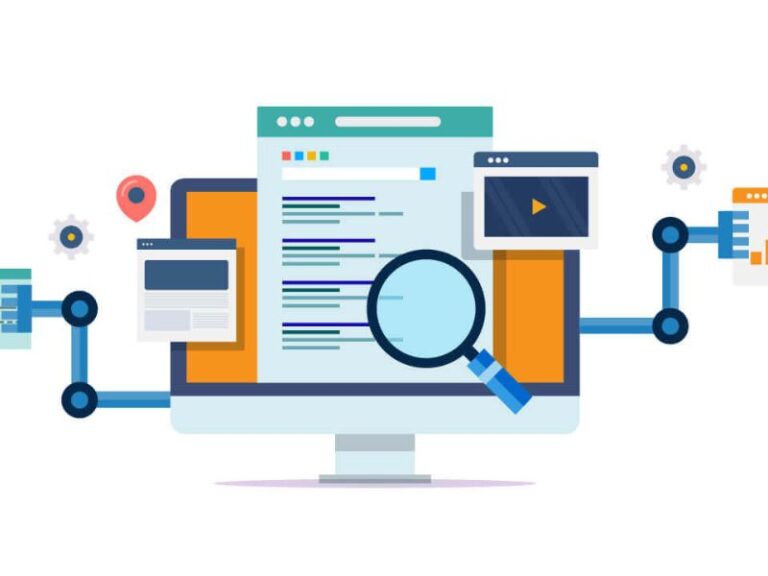The year 2025 is shaping up to be a defining moment in the digital age. With technology advancing faster than ever, the dark side of the internet is also growing at an alarming pace. Cybercrime statistics 2025 reveal an unprecedented surge in attacks, costs, and sophistication, leaving businesses, governments, and individuals grappling with the consequences. In this article, we’ll explore the latest cybercrime numbers, trends, and predictions—and what they mean for our digital future.
Why Cybercrime Matters in 2025
Cybercrime is no longer just about stolen passwords or hacked emails. It has become a multi-trillion-dollar global threat, impacting economies, critical infrastructure, and even national security. As more people and organizations rely on digital tools, the attack surface for cybercriminals expands.
Some key reasons cybercrime is more concerning than ever in 2025:
- Increasing reliance on cloud technologies
- The rapid adoption of Internet of Things (IoT) devices
- AI-driven cyberattacks becoming more sophisticated
- Remote and hybrid work models creating new vulnerabilities
- Global conflicts fueling state-sponsored cyberwarfare
Global Cybercrime Costs in 2025
According to leading cybersecurity reports, the global cost of cybercrime in 2025 is projected to exceed $10.5 trillion annually. This makes cybercrime more profitable than the global trade of illegal drugs combined.
Breakdown of costs:
- Data breaches: Average cost per breach in 2025 is $4.7 million.
- Ransomware attacks: Expected to cost businesses $30 billion this year.
- Downtime losses: Cyber incidents are causing an average of 20 days of downtime per attack.
- Reputational damage: Companies losing customer trust face long-term financial decline.
These staggering numbers underscore the urgent need for robust cybersecurity measures.
Ransomware in 2025: Still the Top Threat
Ransomware continues to dominate the cybercrime landscape. In 2025:
- Over 75% of organizations worldwide report being targeted by ransomware.
- Average ransom payments have climbed to $1.8 million.
- Double extortion tactics (stealing data before encrypting it) have become the norm.
- Healthcare, finance, and government sectors remain the most targeted.
Ransomware gangs are now leveraging AI-powered attacks to identify weaknesses faster and automate their operations.
Phishing and Social Engineering: More Sophisticated Than Ever
Phishing remains one of the most common entry points for cybercriminals. In 2025:
- 36% of data breaches started with a phishing attack.
- Deepfake audio and video scams increased by 400% compared to 2023.
- Business Email Compromise (BEC) losses are expected to surpass $5 billion this year.
With AI tools making fake emails, calls, and videos more convincing, distinguishing between real and fraudulent communication is harder than ever.
Emerging Cybercrime Trends in 2025
Cybercrime is evolving, and 2025 brings new challenges:
1. AI-Driven Cyberattacks
Hackers are using AI to launch attacks that adapt in real-time, bypassing traditional security systems.
2. Supply Chain Attacks
Targeting vendors and third-party providers remains one of the fastest-growing attack vectors.
3. Critical Infrastructure Attacks
Utilities, energy grids, and transportation systems are increasingly under threat from cybercriminals and state-sponsored hackers.
4. Cryptojacking
With the rise of cryptocurrencies, cybercriminals are hijacking devices to mine coins, draining resources without detection.
5. Deepfake Scams
From impersonating CEOs to political manipulation, deepfake technology is now a major cybercrime tool.
Cybercrime by Region in 2025
Cybercrime doesn’t impact every region equally. Statistics show:
- North America: Highest average cost per data breach, at $9.3 million.
- Europe: Ransomware is the most significant threat, especially in critical infrastructure.
- Asia-Pacific: Experiencing the fastest growth in cyberattacks due to rapid digital adoption.
- Africa & Latin America: Emerging economies see increased phishing and mobile banking fraud.
Industries Most Targeted by Cybercrime in 2025
Certain sectors remain primary targets:
- Healthcare: Patient records are highly valuable, with the sector seeing a 150% increase in attacks since 2023.
- Finance: Banks and fintech companies lose billions annually to fraud and ransomware.
- Retail & E-commerce: Rising due to online shopping and payment system vulnerabilities.
- Government & Defense: Increasing exposure to espionage and state-sponsored attacks.
- Education: Universities face more data breaches as online learning expands.
Cybersecurity Skills Gap in 2025
One alarming statistic: By 2025, there will be a global shortage of over 3.5 million cybersecurity professionals.
This talent gap leaves many organizations vulnerable, unable to implement adequate defenses. Companies are increasingly turning to AI-powered security tools, but human expertise remains irreplaceable.
Preventive Measures: Fighting Back Against Cybercrime
While the statistics look grim, organizations and individuals can take proactive steps:
- Zero Trust Security: Adopt the principle of “never trust, always verify.”
- Multi-Factor Authentication (MFA): Essential for reducing account takeover risks.
- Regular Security Training: Employees remain the first line of defense.
- AI-Powered Security Tools: Automated threat detection and response systems are crucial.
- Incident Response Plans: Being prepared minimizes downtime and financial loss.
Future Predictions Beyond 2025
Looking ahead, experts predict:
- Cybercrime costs may reach $13 trillion annually by 2030.
- Nation-state cyberattacks will escalate alongside geopolitical tensions.
- Biometrics and blockchain may become the standard for authentication.
- Quantum computing could either solve or supercharge cybercrime, depending on who wields it.
Conclusion
The cybercrime statistics 2025 paint a sobering picture: escalating costs, smarter attacks, and a widening skills gap. Businesses and individuals cannot afford to ignore these risks. Investing in cybersecurity today isn’t optional—it’s essential for survival in a hyperconnected world.
As technology evolves, so too will cybercriminals. Staying ahead requires vigilance, innovation, and global cooperation. The statistics for 2025 should serve as a wake-up call: cybersecurity is not just an IT issue—it’s a business, economic, and societal imperative.
FAQs
Q1: How much will cybercrime cost in 2025?
Cybercrime costs are projected to exceed $10.5 trillion annually in 2025.
Q2: Which industry is the most targeted by cybercriminals?
Healthcare remains the top target due to the high value of patient data.
Q3: What is the biggest cyber threat in 2025?
Ransomware continues to dominate as the most costly and disruptive threat.
Q4: Why is there a cybersecurity talent shortage?
Demand for skilled professionals is outpacing supply, leaving over 3.5 million positions unfilled.
Q5: How can organizations prepare for cybercrime in 2025?
By adopting zero trust security, training employees, using AI-driven defenses, and building strong incident response strategies.






